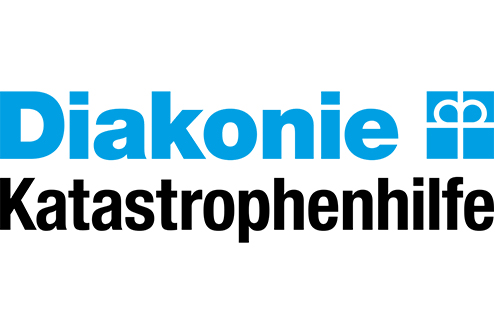TOOL 2: Collaborate with national meteorological partners
Introduction
Engaging the national meteorological agency and climate research institutions in your work, and engaging in their work by bringing perspectives of local actors, offers opportunities to discuss how you can effectively work together.
Some of the ways disaster reduction organisations can actively support the work of national meteorological agencies and climate researchers include:
- Supporting more inclusive reach of national public weather and climate services
- Co-producing services to ensure they are relevant for at risk people living
- Assessing the accuracy of their forecasts (forecast verification)
- Providing feedback on forecast use and resulting impacts
You can work with national meteorological agencies to jointly identify potential improvements in the format, communication and content of the services they provide. This will, in turn, require that you have established a common understanding of your respective aims and ways of working and identified areas of shared concern.
A vital first step is ensuring sufficient appreciation of core climate concepts and how to appropriately use weather and climate information both amongst the at-risk groups you work with and for your own disaster reduction organisation. It is equally vital to strengthen forecasters’, and climate researchers’, understanding of the specific local contexts that weather and climate information seeks to inform.
It is important to invest in ongoing dialogue to build the trust and the individual and institutional linkages required for sustained partnership. Sustained partnership allows your organisation to stay abreast of emerging scientific understanding on the climate. It also enables national meteorological agencies and climate researchers to demonstrate the tangible benefits of their work, deepen their contextual understanding of climate-related risks and localise forecast impacts and research on climate-related risks. Crucially it will support them in understanding any gaps or barriers in making these studies and findings available to civil society and, hopefully, allow them to address this for improved accessibility and usability where needed.
Feedback on forecast use and resulting impacts
Disaster reduction organisations can use their existing monitoring systems to demonstrate changes in access to, use and benefits of climate services. Sharing the approaches you use to monitor the impact of your work, you could discuss with the national meteorological agency and national climate researchers where these could support their work. It is also useful to discuss the benefits of both qualitative and quantitative approaches. While surveys can, for example, demonstrate the economic benefits of strengthening use of climate services, personal testimonies are powerful communication tools for both policy makers and people living in similar contexts.
Key points in strengthening partnerships with national meteorological agencies and climate research institutions
Experience has highlighted the importance of:
- Formalising relationships through MOUs or letters of intent to clearly specify areas of collaboration
- Ensuring the involvement of National Meteorological Services and/or climate researchers at project development phase to enable initiatives to be undertaken in sustainable and impactful ways
- Investing in co-developing training to strengthen:
- Disaster reduction partners’ appreciation of climate services and how they can appropriately support decision-making
- National meteorological services and climate researchers’ appreciation of the decision-making contexts that climate services seek to support
- Jointly identifying how collaboration may support the National Adaptation Plan and implementation of the National Framework for Weather and Climate Services.


